A Record of the Society’s events for 2019
2019 was a great year with a variety of well attended events. It was also a year when we began redeveloping our website and as a result there tends to be a lot more information and photographs about our events. If you attended one of these events please feel free to send us any comments or reflections on the experience.
The Ashfield Bowling Club 130th Anniversary Celebration
Date: 7th December 2019
Venue: Ashfield Bowling Club, Ashfield Park
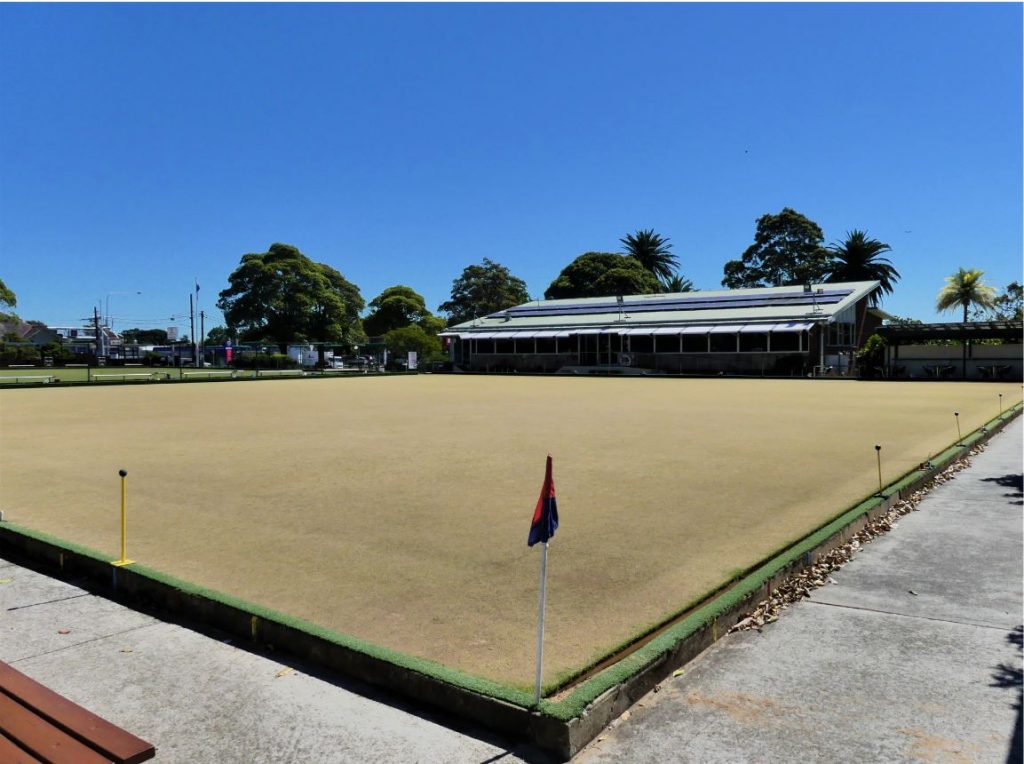
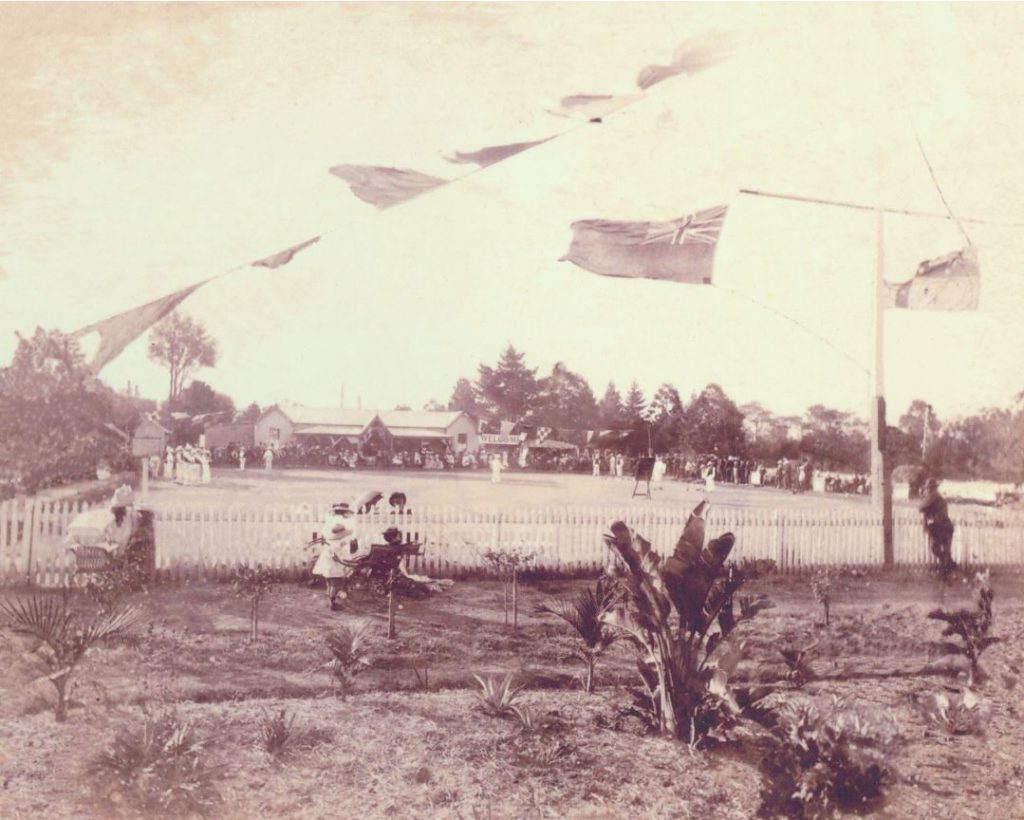

The Ashfield Bowling Club 130th Anniversary Celebration was marked with a Black Tie Dinner on 7 December 2019 and some members of the Society attended this most enjoyable occasion. We congratulate the Club on this milestone. The Society holds a substantial amount of material relating to the Club’s history and several old photographs and documents from the collection were professionally conserved in 2018/19 with funding from an Inner West Council grant. To showcase the conservation work done on the collection, a Powerpoint presentation was prepared by Society Committeeman Colin Webb and played on the Club’s large TV screens on the night. This presentation captured the interest of patrons and added to the celebration of the Club’s history -it can be viewed on https://ashfieldhistory.org.au/multimedia-publications Many thanks Colin for the work involved and congratulations on the result!
Leane Times: One Family’s transformation from Cornish Farmers to Australian Fighters: Wendy Frew
Date: 17th November 2019, 2:00 – 4:00pm.
Venue: Pratten Park Bowling Club, Ashfield



Wendy Frew spoke about her research for Leane Times, the book she wrote on her famous family, the Leanes, published in 2018.
Wendy described how the Leane family were humble Cornish farmers who migrated to South Australia at a time when it was regarded as a ‘paradise for dissent’. The Leane family were devout Methodists and had a significant influence on education and civil life in South Australia.
In 1915, the Leane family became the Australian ‘poster’ family of fighting men used to promote WWI recruitment. Matriarch, Alice Leane once boasted to a newspaper journalist that she had contributed five sons and six grandsons to the War, and while they were missed, she preferred they ‘go out and fight than skulk at home when the motherland is in need of them’. Historian Charles Bean described the Leanes as ‘the most famous family of soldiers in Australian military history’.
One of the Leanes was a resident of Burwood at the start of the War.
Wendy’s engaging presentation also highlighted the difficulties that can be encountered when doing research, such as not keeping accurate records.
The afternoon concluded with the usual feast of good company and food.

Tracking the Past
Date: 13th October 2019. 2:00 – 4:00pm
Venue: ‘Mungo Scott’ mill building-off Edward St, Summer Hill








The cavernous space of the Mungo Scott mill building was filled with more than 120 people eager to hear about the history of the mill, the goods line and the Greenway. The afternoon was presented by Inner West Council in collaboration with the GreenWay program, Ashfield & District Historical Society and the Australian Railway Historical Society-NSW Division
Alex Lofts acted as the MC for the afternoon, wearing two hats as a member of ADHS and the Greenway Steering Committee.
Uncle Bobby Carroll, an Aboriginal Elder and former rail worker welcomed us to country and then entertained us with his experiences as a ‘young fella’ living in Marrickville and travelling on the goods trains of the Rozelle line to get around the Inner West. This later led to a career as a railway guard.
David Rollinson, the Society’s heritage officer, spoke to a series of images of the locality to show some of the changes that have occured in the last 150 years, focusing on the railway viaduct, early local industry and housing and the nearby channelisation of Long Cove Creek. He finished with a recent depiction of the Mungo Scott building drawn by local artist (and ADHS supporter) Emma Simmons of Sweets Workshop Summer Hill .
Leonard Smith actually worked at the mill for many years. He spoke of just how dangerous it was in the late 1960s and 70s. He described how grain would arrive by train to the mill’s own siding. The grain was raised to the top floor and then fed by gravity into the milling machines, turned into flour, bagged and stored.
Leonard is now a potter who has a gallery in Rosedale Street, Dulwich Hill. When he retired from the mill he collected some of the ballast from the railway siding. He ground this into a fine powder which he uses as a pottery glaze.
James Dalton presented a very detailed account of the Rozelle Goods Line and its importance as a significant part of the goods line network around Sydney. It was part of a network that extended from Sefton in the west through to Darling Harbour via Enfield, Dulwich Hill and Rozelle with extensions to Botany and the State Abattoirs (on what is now the Olympic Park precinct). The line opened in 1922 and the Rozelle to Darling Harbour section closed in 1996, eventually being replaced by light rail. The last goods train ran to the Mungo Scott flour mill on 1 December 2008 after which the light rail line was extended to Dulwich Hill. James described how this line played an important role in the industrialisation of a number of Sydney’s inner suburbs, particularly around Summer Hill and Dulwich Hill.
Nick Chapman spoke about his role with the Greenway, which focuses on community engagement. He described how the program had involved groups such as the local schools and how much this contributed to its success.
At the conclusion of this wonderful event refreshments were provided by Inner West Council along with a display of photos of mill equipment and workers supplied by EG Property Group. The large number of people who attended shows how successful joint events can be when they focus on history and heritage that is meaningful to local communities.

Glimpses of Parramatta Road from a Home Movie Camera: Neil Palmer
Date: 22nd September 2019. 2:00 – 4:00pm
Venue: Pratten Park Bowling Club, Ashfield


ADHS Member Neil Palmer described how he located some 16mm film taken by his father who was an amateur film maker. His father had a car yard on Parramatta Road near Alt St in the 1940s and 1950s, next to where the family lived. Mr Palmer Snr filmed a motorcade during the royal tour by the Queen Mother in 1958 and a car rally.
Neil’s presentation and footage showed how this section of Parramatta Road looked at the time and reminded of how people dressed. It was his lived experience and he spoke with great familiarity and fondness of the memories the footage evoked.
At the conclusion of the presentation a display of memorabilia from the 1950s sparked both curiosity and humour. One of our members even brought a cake she had baked from a 1950s cooking book.

Abergeldie and the Dixson Family Legacy: Mark Sabolch
Date: 24th August 2019. 10:30am – 12:00pm
Venue: Herb Greedy Hall, 79 Petersham Road, Marrickville

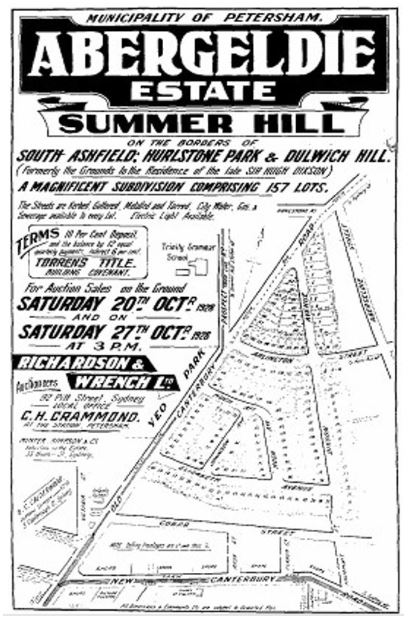


This was a joint event organised with the Marrickville Heritage Society.
Mark Sabolch (President of ADHS) presented his research into the obsessions of Sir Hugh and Lady Elizabeth Dixson, and their legacy.
Abergeldie, located on Old Canterbury Road, was an extraordinary property owned by Sir Hugh Dixson from 1884 until his death in 1926. Today, although redeveloped into 157 residential lots in 1928, the area continues to have significant heritage value.
In his presentation Mark identified and described the Abergeldie Heritage Conservation Area that finally gave protection to streets and houses now found there. The local community wanted to keep the estate intact as a public park but the state government was not willing to commit to the costs involved.
Mark described how Sir Hugh Dixson had made his fortune building on the tobacco business he inherited from his father. He bought the 22 acre Abergeldie Estate in 1884. Sir Hugh was an enthusiastic horticulturalist and developed the estate with wondrous gardens. He established glasshouses with exotic giant water lilies. The house itself was extraordinarily grand.
William Dixson, Sir Hugh’s son, became a collector of Australiana and generously donated significant Australian cultural material to the State Library of NSW when a new wing was opened in 1925 – the Dixson Gallery. The huge bronze doors at the entrance to the Mitchell Library were also donated by William Dixon, with the costs of such expense offset by the sale of the Abergeldie estate.
This joint event was a fabulous success. The question and answer session after the presentation was informative and often amusing. Our hosts then brought out a wonderful lunch.
Mark’s article on Abergeldie appears in the ADHS Journal, Houses of the Ashfield District (2018).
Houses of the Ashfield District Walking Tour
Date: 23rd June 2019 12:45pm
Venue: The walk commenced at Fermoyle, Farleigh St, Ashfield and ended at St Patrick’s Church, Summer Hill.
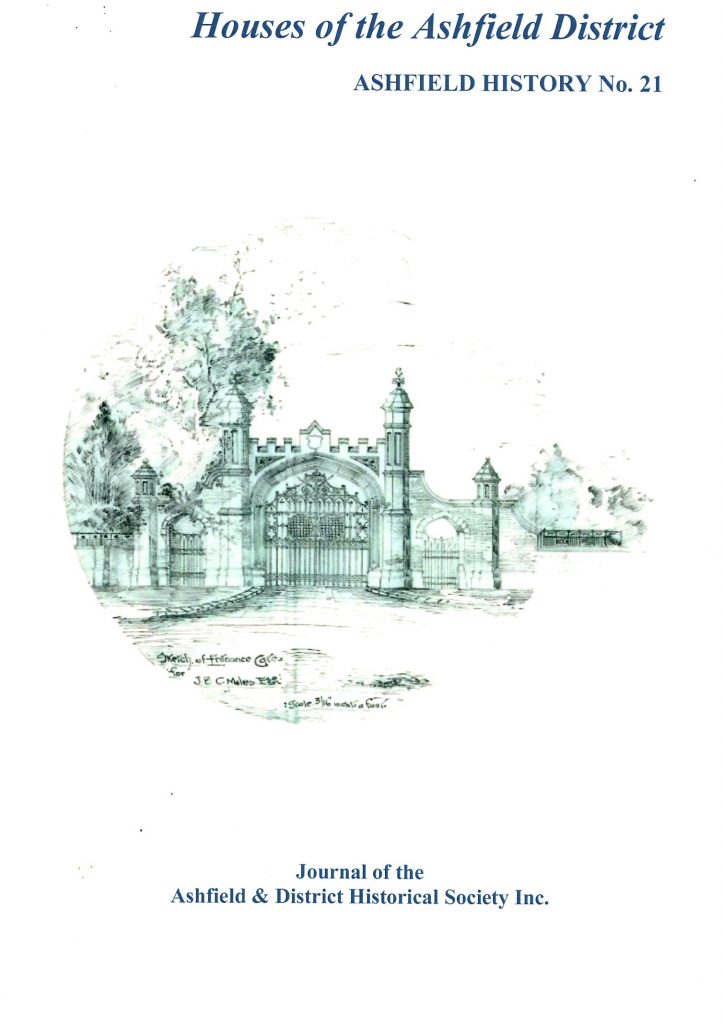

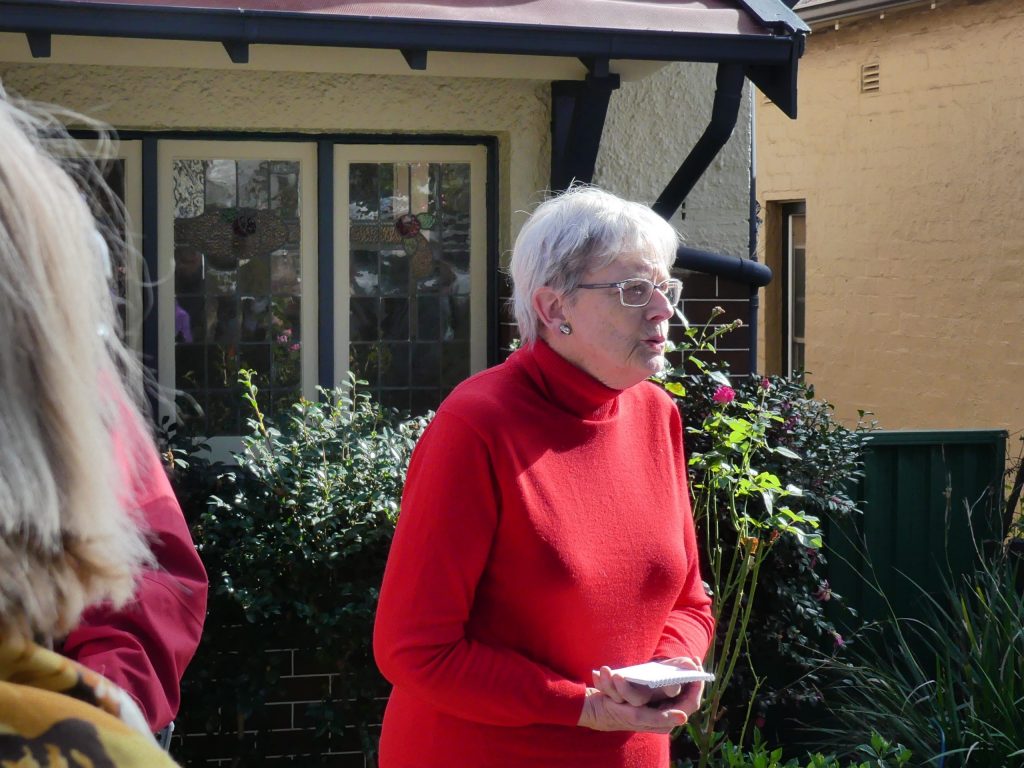
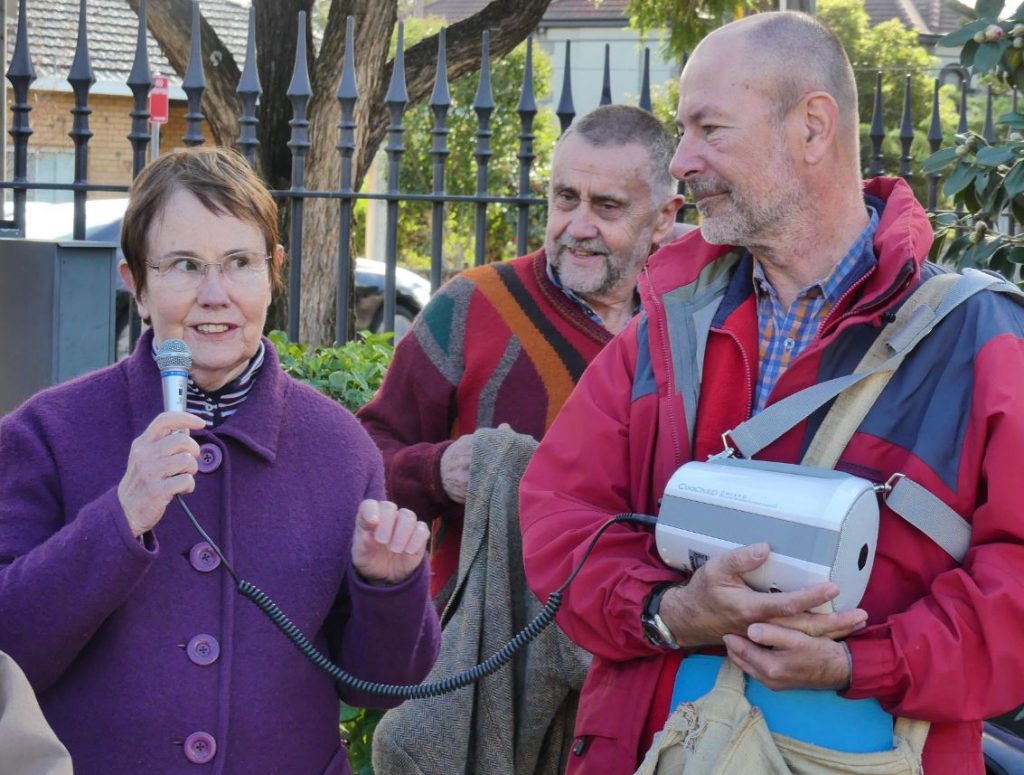



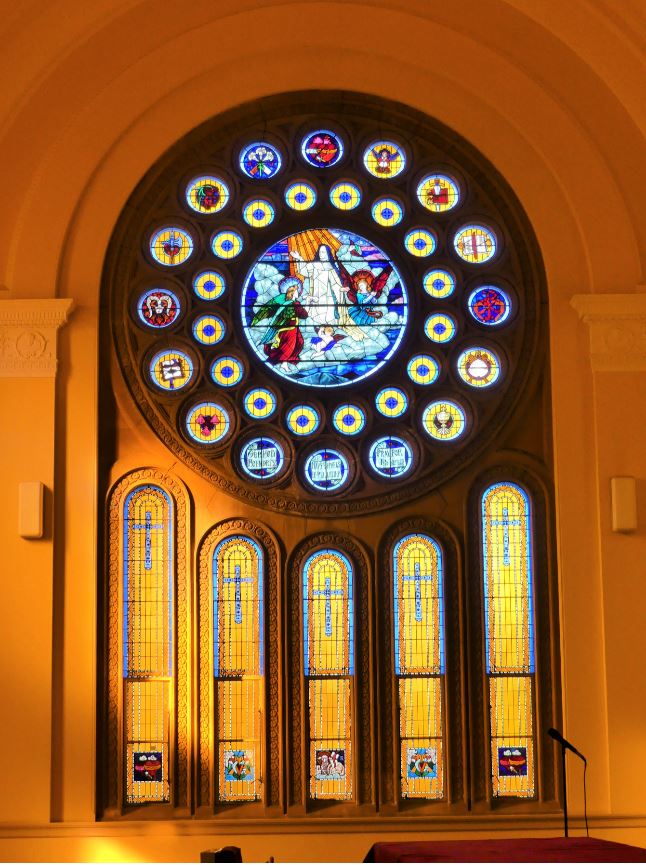





This was a wonderful walk where ADHS members shared their knowledge of some of the splendid houses featured in our ADHS 2018 publication, Houses of the Ashfield District, Ashfield History No 21.
The walk commenced at Fermoyle, a beautiful Californian bungalow in Farleigh Street Ashfield. Fermoyle was built in 1922 and purchased by Miss Margaret Bradley who lived in the house until her death at the age of 100. Miss Bradley’s sister, Mary, married Daniel Clyne and after her death Daniel and their two children, Daniel and Daphne, moved into Fermoyle. Daphne’s son Gregory moved into the house in 1984 and lived there until his death in 1996. His wife, Jennifer Winton lived there until it was sold in 2017.
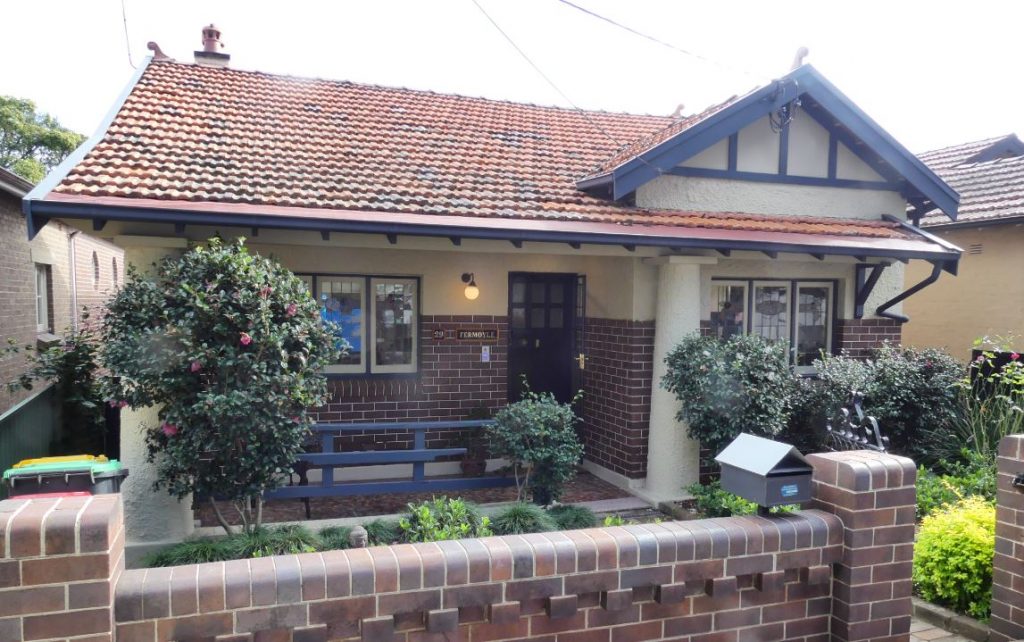
Greg discovered a large collection of photographs, papers, and ephemera. This material has been catalogued and stored in archive conditions, a copy of which is held by the Society. The Fermoyle Archives is a significant piece of work that was carried out by family members and completed in 2005. Jennifer Winton spoke of the history of the house and the family that lived there for almost 95 years.
The next stop was Ambleside, aka ‘Ashfield Castle’, at Queen Street Ashfield.

Bernadette Williamson provided an excellent overview of the history of the house and its people. The current owners, Maria and Louie Armenis are to be congratulated on their heroic restoration of Ambleside and their generosity in opening their ‘castle’ to the tour group.

The third stop was the Chapel of the Good Shepherd Sisters, an extension of Glentworth House, off Seaview St. This Chapel is now in the grounds of the Cardinal Freeman Retirement Village. Chris Pratten, one of the Society’s well known historians, provided the group with an introduction to the Chapel together with some of his own memories. This was a wonderful opportunity to look inside the Chapel, opened in 1942 in the middle of World War II. The architecture and the ecclesiastical stained glass is superb, a remarkable thing in itself considering that Australia was at war.
Dennis McManus introduced us to his former home, Portland House, in Victoria Square, Ashfield completed in 1988. Dennis explained the building of his Georgian style house and also provided some insights into Victoria Square itself which has a central park and no driveways.
Dennis then led the group around the Square to look at some of the other wonderful homes that still exist. More specific information on the development of Victoria Square is provided by Dennis in Houses of the Ashfield District.
The next stop was Chris Pratten’s own home, Hillcrest, in Summer Hill. The house was built in 1890 and was known as Hillcrest as early as 1892. Chris has lived in the house for 36 years and investigated its history and various occupiers.
Chris generously invited the group into his home to look at the beautiful restoration work he has undertaken.
The last house visited was Kelvin Grove, which is now St Patrick’s Church in Drynan Street, believed to be the oldest surviving building in Summer Hill. The original house was erected in 1874 but not much of that residence still exists. Chris Pratten explained how the Catholic Church acquired the house in 1948 and reconstructed its interior as the church.
While all the dwellings visited are documented in full in Houses of the Ashfield District, this friendly tour brought the buildings to life.
The Historic Log Book of Lieutenant William Bradley: Dr Stephen Gapps
Date: 14th July 2019. 2:00pm – 4:00pm
Venue: Pratten Park Bowling Club, Ashfield


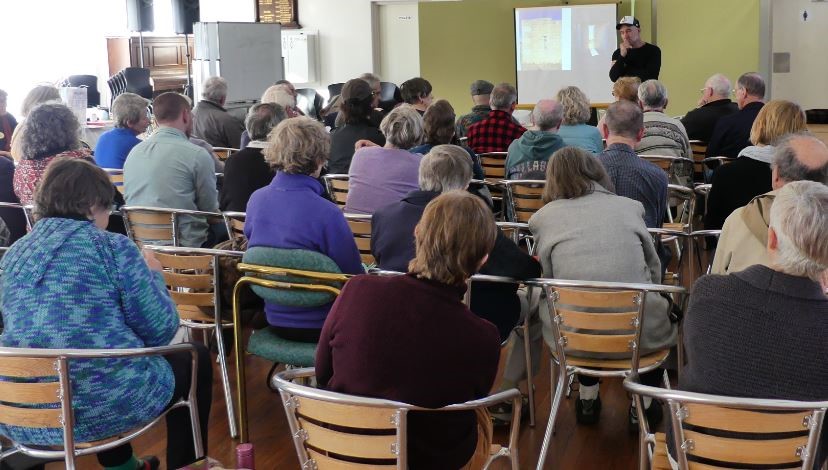


Dr Stephen Gapps is a curator at the Australian National Maritime Museum. His book The Sydney Wars details the interactions between the early settlers and Aboriginal nations such as the Gadigal and Wangal .
Not long after The Sydney Wars was published, Dr Gapps was looking at a log book by Lieutenant William Bradley, an officer of the first fleet ship HMS Sirius, that had just been donated to the Australian National Maritime Museum. And this is where his talk became fascinating.
Gapps found information on Bradley’s draft charts in his log book that didn’t make it into the later published maps. One name that really caught his attention was ‘Bloody Point’, where UTS Haberfield Rowers Club stands today.
Here, where Iron Cove and Long Cove Creek join, rushes were likely to have been plentiful. Dr Gapps thinks that this is the place where two convicts, William Okey and Samuel Davis were killed while they were cutting rushes. Over the years the general understanding has been that this had happened at what is now Rushcutters Bay. When their bodies were found, there were several spears still sticking out of them. Bradley’s chart was drawn around the same time that the deaths of Okey and Davis were reported in all the colonial diaries and journals.
These deaths were recorded as the first European deaths at the hands of Aboriginal people in the Sydney region.
Dr Gapps pointed out that several diaries of the time said that they were found ‘up harbour’ and he had originally thought that this might have been around Darling Harbour.
The events at Bloody Point shocked the colonists and were the cause of the first punitive military expedition undertaken in Australia, an expedition that was personally led by Governor Phillip. Dr Gapps argues that Bloody Point marks the site of the beginning of what in Sydney was very much an officially sanctioned, military led system, where the killing of colonists was to be met with shows of force against Aboriginals, often involving bringing back their heads or hanging bodies from trees as gruesome warnings.
Dr Gapps’ presentation was enthralling and shows how new findings can change our understanding of historical events.
Royal Prince Alfred Walking Tour: Janette Williams
Date: 14th April 2019. 10:30am
Venue: RPA, corner of John Hopkins Drive & Missenden Road, Camperdown



In 1872 the University of Sydney Senate granted land to build a hospital for teaching their medical students and also for the training of nurses. The foundation stone was laid the following year and RPA opened as a 146 bed hospital in 1882. It was named after Prince Alfred, Duke of Edinburgh (second son of Queen Victoria) who was shot in an assassination attempt in Sydney while on an official royal visit to Australia in 1868. The walking tour, led by Janette Williams, looked at the history and heritage of this important group of buildings and enlightened us on their current uses. The tour covered approximately 1.5kms and took about 1½ hours. The donation of $5 pp went towards materials for hospital heritage facilities.
Open Day at Thirning Villa
Date: 31st March 2019. 12:00pm – 4:00pm
Venue: Thirning Villa, Pratten Park, Ashfield

The Society opened its research rooms to the public and had historical photographs on display to showcase the history of Ashfield.
This was to support the Inner West Council’s Artist in Residence Program Open Day. At the Open Day, the Refugee Art Project and New Moon celebrated their joint residency and members of the local community and the Society joined in a number of free activities including a large scale communal weaving project and a folk doll workshop. There was a lovely complimentary barbecue and Greek/Turkish coffee flowing through the day.
Recollections of Growing Up in Summer Hill: Bob Bow
Date: 17th February 2019. 2:00pm
Venue: Pratten Park Bowling Club, Ashfield

Bob Bow is an architect and longstanding resident of Summer Hill.
He described his family’s strong connections to Summer Hill, and shared photos and fascinating memories of his childhood from the 1950s and 1960s. These included his daily walk to Summer Hill public school from his Sloane Street home on the northern side of the railway station and his recollections of the social and commercial life around the now demolished Summer Hill Theatre. He also touched on his restoration of properties where he has lived and worked as an adult in Summer Hill, such as the old bakery in Herbert Street and the Envy cafe building in Smith Street, which housed his architecture practice upstairs .

